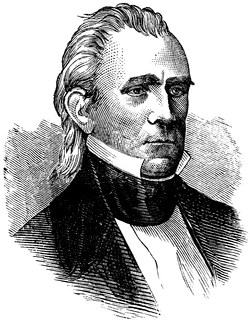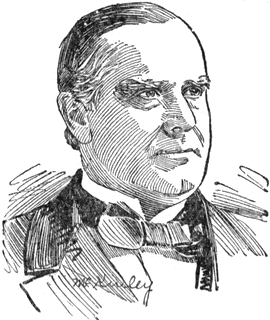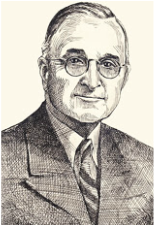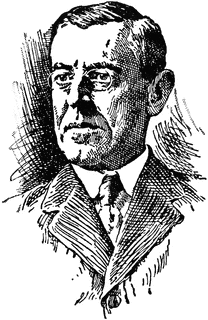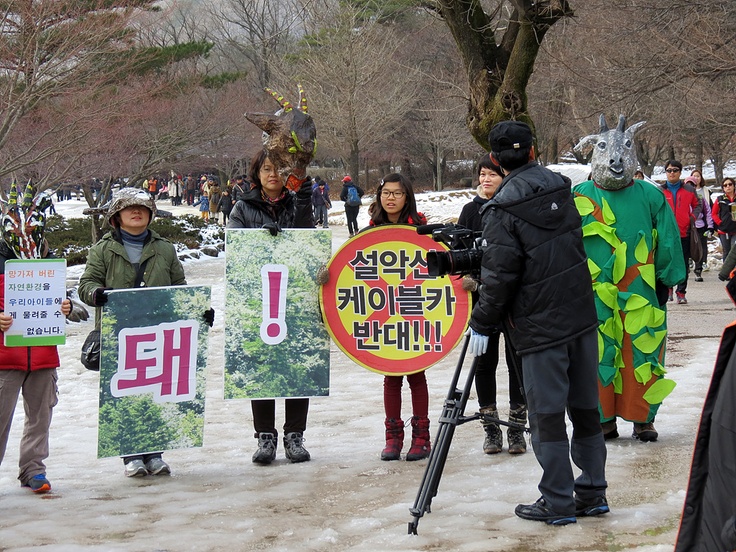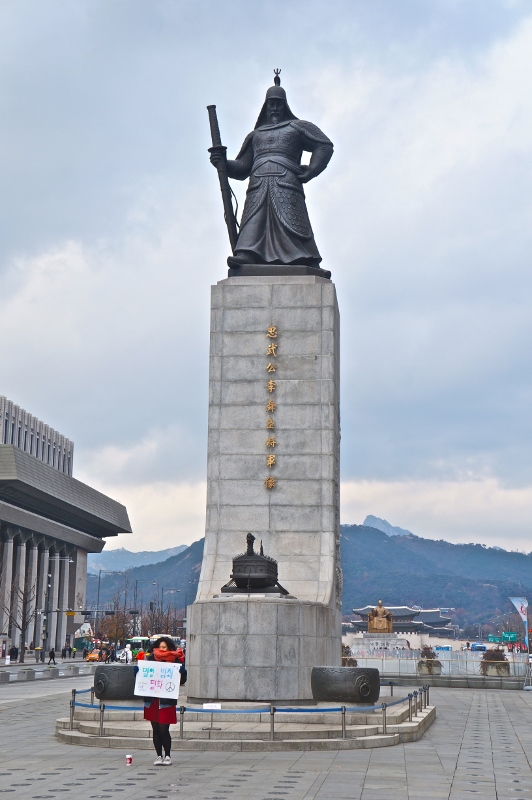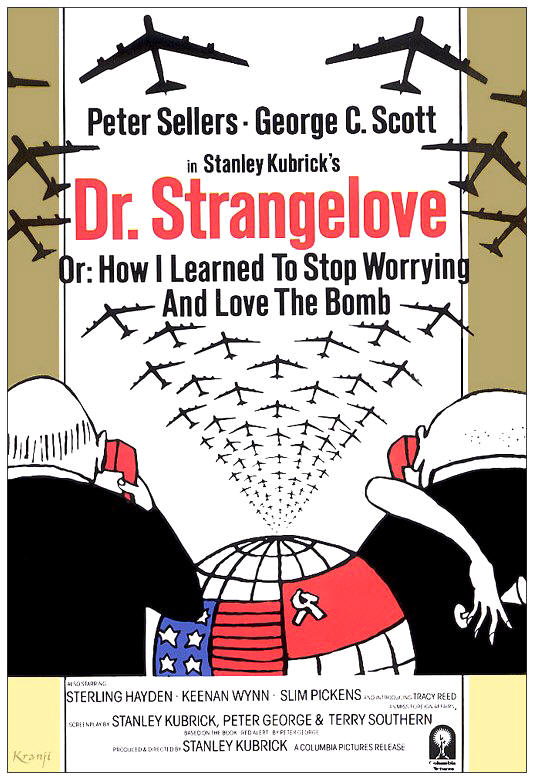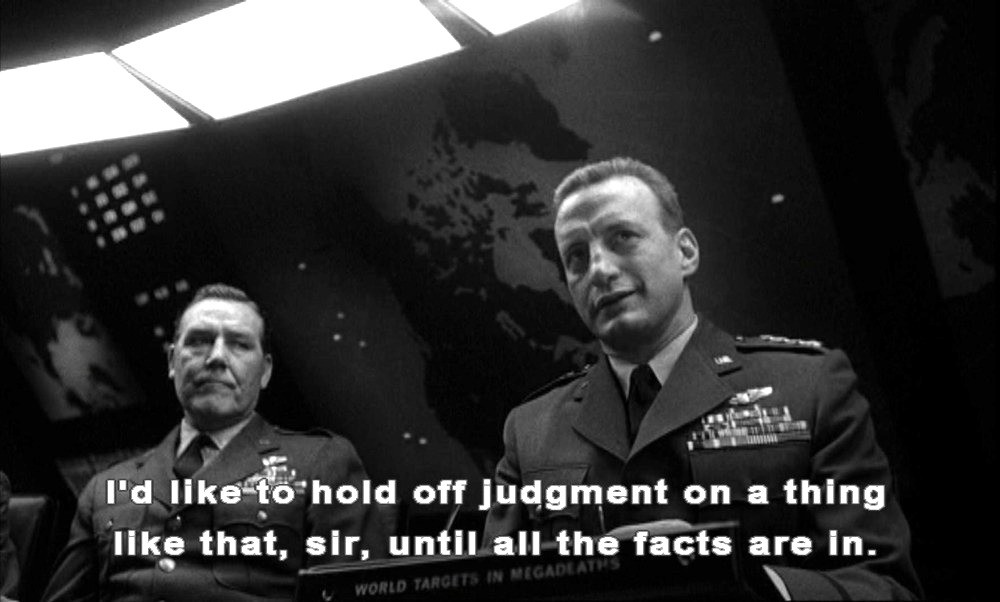|
다음의 내용과 같은 것을 고르십시오.
제 부모님은 한국 사람이니다. 그러나 저는 미국에서 태어났습니다. 그래서 한국어가 서툽니다. 내년 한국에 가서 한국어를 배우려고 합니다. (1) 이 사람은 한국 사람입니다. |
Choose the correct statement based on the passage.
My parents are Koreans. However, I was born in the USA so my Korean is poor. Next year I am going to Korea to study Korean. (1) This person is a Korean. |
The textbook insists that there is a correct answer. The back of the book even explains “why” it is allegedly the correct answer, precluding the possibility of a misprint/typo.
Can you guess the answer?
“This person is a Korean.”
He is? In what way? Born in another country. Can’t speak Korean. We can understand him to be Korean only by merit of blood ancestry.
Consider, too, that this is a basic question, ascertaining whether you understand the simple grammar forms and vocabulary used. The question writer, then, believes that blood obviously trumps something as flimsy as citizenship, place or birth, or even cultural affiliation and language ability!
The explanation at the back of the book flatly has it this way: “(1) is correct because the person’s parents are Korean.”
That answer is not at all intuitive to Americans. Not on a formal test question like this. No way. When taking a test, we have to think in terms of the test, which is to say in terms of the test makers, and this is a good example of that.
Interestingly, Koreans raised in Korean culture who have never lived in the West will generally apply this logic consistently, by which I mean that in the U.S. context they’ll tend to regard Whites as “Americans” and others as (at least semi-)”foreigners”, or something about like that, including Korean-Americans. (This is not to say they universally like Korean-Americans, a complicated issue in itself.) I have seen this attitude again and again from”lesser-Westernized” Koreans of all ages, including (or especially) while such people were speaking in Korean.
Koreans raised in Korea but with direct exposure to Western society, perhaps having lived in a Western country, can sing a different song and be more “politically correct” (as we’d say), but all the same will typically keep their own racial feeling close to the chest. A foreigner who worked in Korea with whom I once talked related a conversation he’d had with his boss, characteristic of the type I mean. I recall the details roughly, but I recall precisely the “punchline” (which will be the very last words of this post):
The boss was a Korean woman who had lived for years in the USA and even then spoke of moving to Canada. She’d come back to Korea and had gotten into the English education business when it was booming. Her son or daughter was in Canada at that very time, studying in university or something. This boss was complaining about foreigners in Korea — how they should go home and stop causing problems, how Korea needed to be reserved for Koreans…something about like that. “But you lived in the USA for many years, and isn’t your daughter in Canada now?” “So?” “So…I mean, you were a foreigner, too.” “It’s different.” “How is it different?” “Well — Korea is only for Koreans. The USA is for everybody.”


